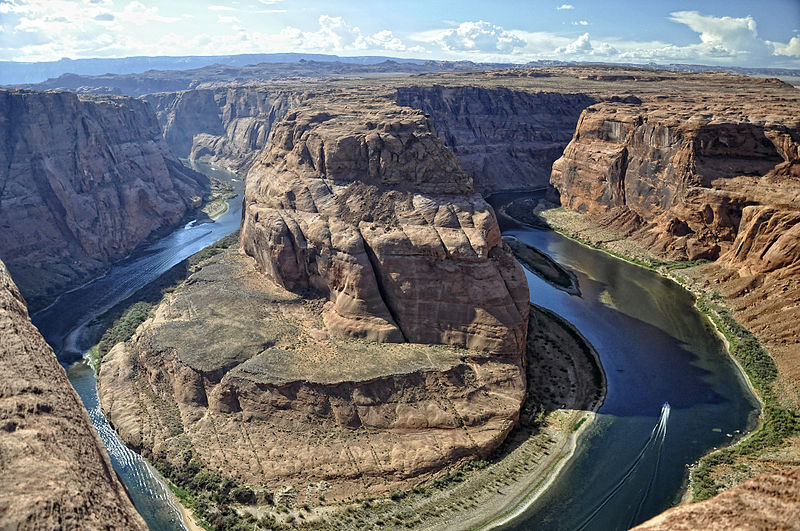Finding water in the wilderness & what to look for

Survival in wilderness solely depends on upon one’s response to the harsh conditions and amount of preparations made before setting off.
One thing that we must all keep in our minds before going on an adventure or any activity that involves wilderness and potentially harsh environments; is the adequate supply of water. You must understand the whole mechanism of our bodies’ survival mode.
In our daily lives, we are never very far from a water source; in our offices, homes or playgrounds or even shopping malls we are only a few yards away from a shop or a water cooler.
This puts us in a dangerously automated mode in which we tend to ignore the significance of water and fail to identify the indicators that our body uses to alarm us of hydro-deficiency. Following is the list of the dehydration symptoms that one must get into a habit to not only notice but to remember the times when water scarcity becomes a real possibility.
- Dry mouth
- Thirst
- Reduced sweating
- Dizziness
- Decreased urine output with dark coloration
- Weakness
- Thirst
- Confusion
If you happen to be stranded in a situation, you must look out for these indications of dehydration and focus your energies on looking for water as soon as you can. Following are a few valuable tips that could prove helpful in your quest for water in a survival situation.
Always Plan your Journeys
If you are embarking on a journey to or through an area you are not familiar with, its only wise to take some time and prepare yourself for the unknown dangers that might come your way. Treat this as a research: study the maps of the area extensively and locate any streams and small water reservoirs mentioned on the maps. It is always helpful to consult some pro hikers or those who have already visited the area to take their perspective on the things you might need or places you must avoid.
If there is a body or organization looking over the tourism sector of the area, drop them an email or better a call in order to learn more about the area. In a nutshell, learn everything there is about the area and all the potential water sources and whether they have water or not – just because it shows on the map does not necessarily mean it must have water – always consult the experts.
Learn Where to look for Water
Even if after all the pre-planning you still find yourself in a situation where you cannot locate any source for drinking water try to deploy following simple yet effective methods to help you find water.
- Look for low area or valleys, rain water that seeps into the ground -or even the one that flows over ground- mostly ends up on low plains.
- If there are indications of a recent rainfall, it’s better and much faster to look for small indentations or holes in the grounds where the rain water is normally collected. You might not find a large reservoir using this method, however in a life and death situation every little helps.
- Look for muddy or damp ground and then start digging into the wet ground, water normally comes and collects in the hole from the muddy soil. Though water collected by this method is fairly filtered, it is always advisable to filter it before consumption.
- If you are stuck in a dry land such as a dessert or an arid region, try looking for green vegetation as this is your only chance to find any water in such conditions.
If everything else fails, then try to find animal tracks that might lead you to a water reservoir. But beware, make sure you have tried all the other methods first as this tracking and finding method could lead you closer to danger.
